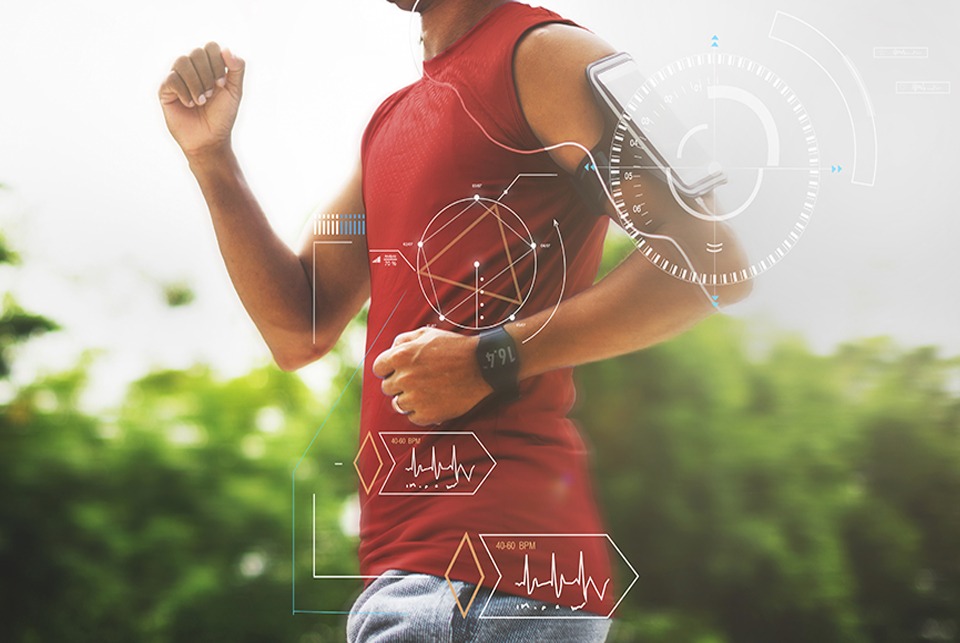In today’s emerging digital healthcare sector, you are no longer just a patient; you are a consumer. Like all other consumers, your patient experience in the doctor’s office matters more now than it ever has before. Digital transformation is advancing new health care capacities faster than ever as well, and your doctor’s office is quickly becoming a new frontier for innovative technology to address long-standing health care concerns. Here are a few digital healthcare developments that might be coming soon to a medical clinic near you.
Telemedicine
A curious cough or unexplained bruise may no longer require a trip to the doctor’s office. Today’s emerging telehealth industries are offering both patients and clinics the ability to interact through digital portals in almost the same way they now communicate face-to-face. In some cases, the healthcare visit is accommodated by visual technology, allowing patients to speak directly to their physician through a secure portal similar to Skype. For patients who live long distances away from their nearest clinic, the advance promises better health care as the access concern recedes into the past.
In other cases, when a direct conversation isn’t necessary, a system of virtual healthcare robots and a digital library of medical information is accessed through the Internet, allowing patients to express their concerns and do their research while waiting for a medical professional to respond. Known as ‘direct to consumer’ telemedicine, patients can experience the same ‘self-service’ opportunities in their healthcare endeavors that they now enjoy in their other online pursuits.
AR and VR
Augmented reality (AR) and virtual reality (VR) use technological devices to simulate the human experience. In healthcare, AR technology is helping to train new cohorts of doctors and nurses while also offering better, safer ways to care for patients.
In medical schools, AR applications are used to train medical practitioners on a variety of medical processes, including surgery. When using an AR visual that presents a three-dimensional experience of the patient’s body, for example, newly trained surgeons can tailor their procedures to exactly match the needs of that specific patient. The tools should facilitate improved accuracies in the operating room and better outcomes for patients, besides.
For patients, AR-enabled digital displays, cameras, and strategically placed sensors can A track patient movements and activities and report health data back to the medical team while not interfering with the patient’s normal routine. Use of such a system precludes the need to travel to a clinic or wait for tests because the system itself is collecting the necessary data in real time. For the nation’s aging population, AR technology may mean a happier old-age, too. “Addison Care” is providing an alternative to in-home caregivers for seniors by interacting with her patients through a digital portal. She’s programmed to meet the needs of the particular individual and can carry on two-way conversations just like a real person. “On-call” 24/7, Addison engages a variety of digital solutions – Bluetooth, cellular, internet, etc., – to provide comprehensive ‘care’ for anyone who needs it.
Wearable Internet of Things (IoT) Healthcare Devices
Digitally enabled gadgets and devices are already populating the nation’s homes; IoT healthcare devices will be potentially even more popular.
Already, millions of users are tracking their daily health activities with IoT-programmed watches and wristbands that collect and record blood pressure, steps, temperature, and other physiological data. When programmed to respond to more severe health conditions, chronic diseases such as diabetes, breathing disorders or pain as examples, wearable healthcare technology can issue early alerts and other interventions that can save lives.
The devices attach to the body and track the patient’s symptoms as they move through their day. Data is continuously streamed to the medical team, filling electronic health records with critical information in real time. When adverse incidents occur, the devices also alert both the medical team and the patient’s designated response support that things have gone awry, speeding the opportunity for a timely intervention.
Not Quite There, Though
Despite these advances, digital healthcare still faces many of the same challenges presented by almost all other forms of digital innovation: security, cost, and structure.
Security
Healthcare tech demands, if possible, an even higher standard of security than technology that safeguards other vital data. Healthcare records contain not just health information, but also personally identifying information, such as birth dates, social security numbers, and even bank account data. As a result, the healthcare industry is a growing target for cyberthieves; the multiplication of health-related devices only adds to the security concern.
Cost
Despite the breakthroughs and astonishing gains, the high cost of technology is also accelerating the already high cost of health care. As healthcare systems invest in incoming technologies, they add those costs to their costs of care and pass them on to insurers and, ultimately, consumers. Until all the IT bugs are worked out, this trend is expected to continue.
Structure
Not insignificantly, technology is also changing how the medical industry does business, and the shift away from traditional practices is slowing the pace of adopting innovative new opportunities. Add to that shift the ever-widening range of digital healthcare options that are coming available, and the challenge of integrating any or all of them into a single medical system becomes even more confusing. In the end, every patient expects that their healthcare system will provide them with the best care available; every healthcare provider is struggling to meet that expectation while keeping costs down and quality high.
Today’s innovative digital tools are offering the healthcare field more opportunities to address patients as the healthcare consumers that they are.



